Complementary Angles
When the sum of the measures of two angles is 90°, such angles are called complementary angles and each angle is called a complement of the other.
The vertices of two angles may be same or different. In the given figure ∠AOB and ∠BOC are complementary as ∠AOB + ∠BOC = 30° + 60° = 90°.
Again, ∠PQR and ∠QRP are complementary as ∠PQR + ∠QRP = 40° + 50° = 90°.
Angles of measure 25° and 65° are complementary angles. The angle of 25° is the complement of the angle of 65° and the angle of 65° is the complement of the angle of 25°.
The complement of an angle of measure 32° is the angle of 58°. And, the complement of the angle of measure 58° is the angle of 32°.
Observations:
(i) If two are complement of each other, then each is an acute angle. But any two acute angles need not be complementary.
For example, angles of measure 30° and 50° are not complement of each other.
(ii) Two obtuse angles cannot be complement of each other.
(iii) Two right angles cannot be complement of each other.
Worked-out Problems on Complementary Angles:
1. Find the complement of:
(a) 68°
Solution:
90° - 68°
= 22°
Therefore, the complement of 68° is 22°
(b) 27°20'
Solution:
90° - 27°20'
= 89°60' - 27°20'
= 62°40'
Therefore, the complement of 27°20' is 62°40'
(c) x + 52°
Solution:
90° - (x + 52°)
= 90° - x + 52°
= 38° - x
Therefore, the complement of x + 52° is 38° - x
2. Find the complement of the angle (10 + y)°.
Solution:
Complement of the angle (10 + y)° = 90° - (10 + y)°
= 90° - 10° - y°
= (80 - y)°
3. Find the measure of an angle which is 46° less than its complement.
Solution:
Let the unknown angle be x, then measure of its complement = 90 - x
According to the question,
(90 - x) - x = 46°
90 - x - x = 46°
90 - 2x = 46°
90 - 90 - 2x = 46° - 90
-2x = 46° - 90
-2x = 46° - 90
-2x = -44°
2x = 44°
x = 44/2
x = 22°
Therefore, 90 - x (Put the value of x = 22°)
= 90 - 22°
= 68°
Therefore, the pair of complementary angles are 68° and 22°
● Lines and Angles
Fundamental Geometrical Concepts
Some Geometric Terms and Results
Complementary and Supplementary Angles
Parallel and Transversal Lines
7th Grade Math Problems
8th Grade Math Practice
From Complementary Angles to HOME PAGE
Didn't find what you were looking for? Or want to know more information about Math Only Math. Use this Google Search to find what you need.
Recent Articles
-
Worksheet on Mixed Addition and Subtraction | Questions on Addition
Jan 12, 25 02:14 PM
In worksheet on mixed addition and subtraction the questions involve both addition and subtraction together; all grade students can practice the questions on addition and subtraction together. -
Estimating Sums and Differences | Estimations | Practical Calculations
Jan 12, 25 02:02 PM
For estimating sums and differences in the number we use the rounded numbers for estimations to its nearest tens, hundred, and thousand. In many practical calculations, only an approximation is requir… -
Combination of Addition and Subtraction | Mixed Addition & Subtraction
Jan 12, 25 01:36 PM
We will discuss here about the combination of addition and subtraction. The rules which can be used to solve the sums involving addition (+) and subtraction (-) together are: I: First add -
Checking Subtraction using Addition |Use Addition to Check Subtraction
Jan 12, 25 01:13 PM
We can check subtraction by adding the difference to the smaller number. Since the sum of difference and smaller number is equal to the larger number, subtraction is correct. -
Worksheet on Subtraction of 4-Digit Numbers|Subtracting 4-Digit Number
Jan 12, 25 09:04 AM
Practice the questions given in the worksheet on subtraction of 4-digit numbers. Here we will subtract two 4-digit numbers (without borrowing and with borrowing) to find the difference between them.
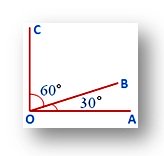
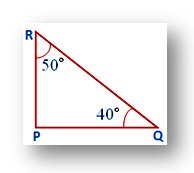


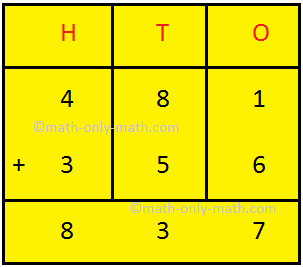
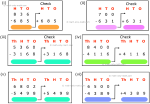
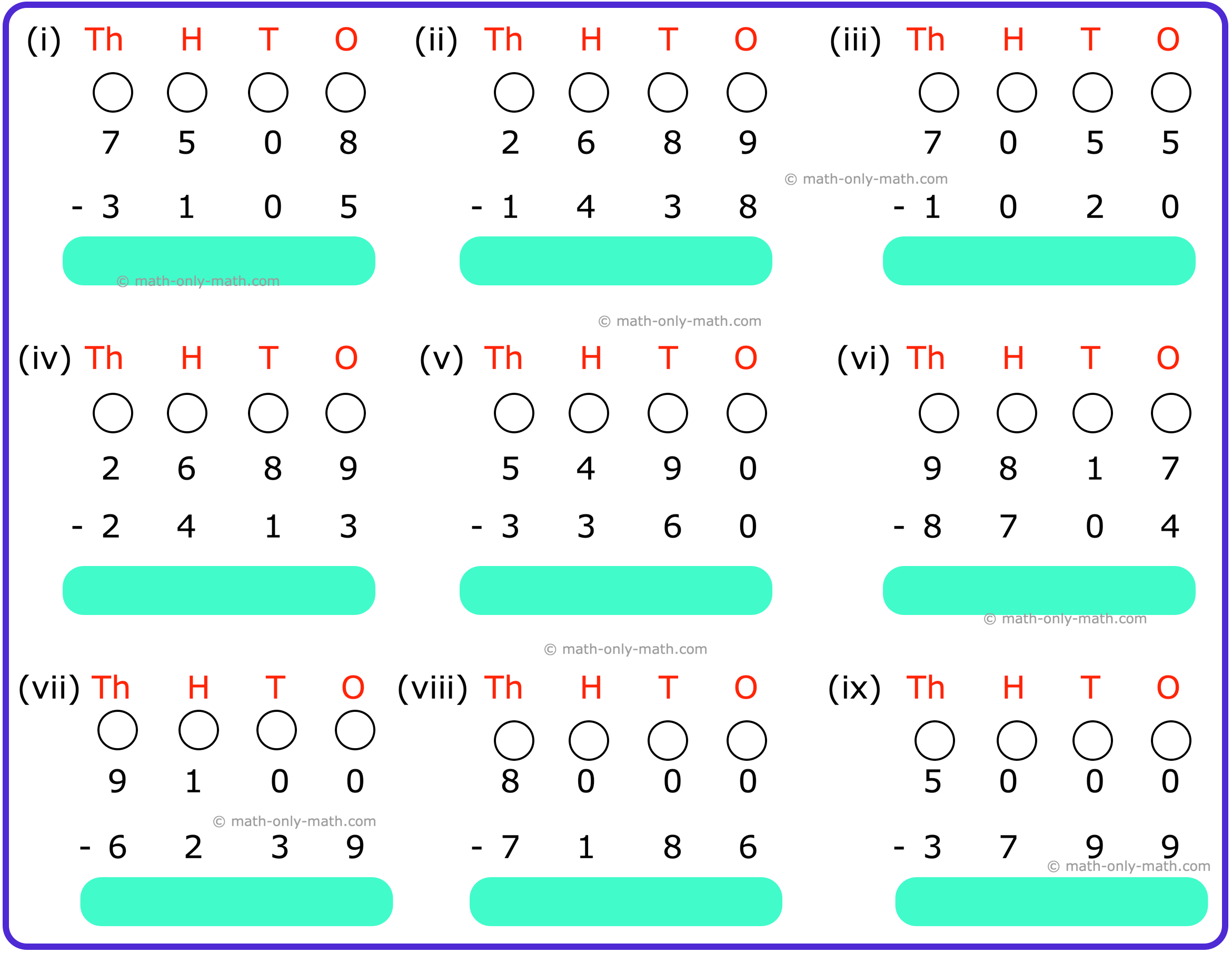
New! Comments
Have your say about what you just read! Leave me a comment in the box below. Ask a Question or Answer a Question.